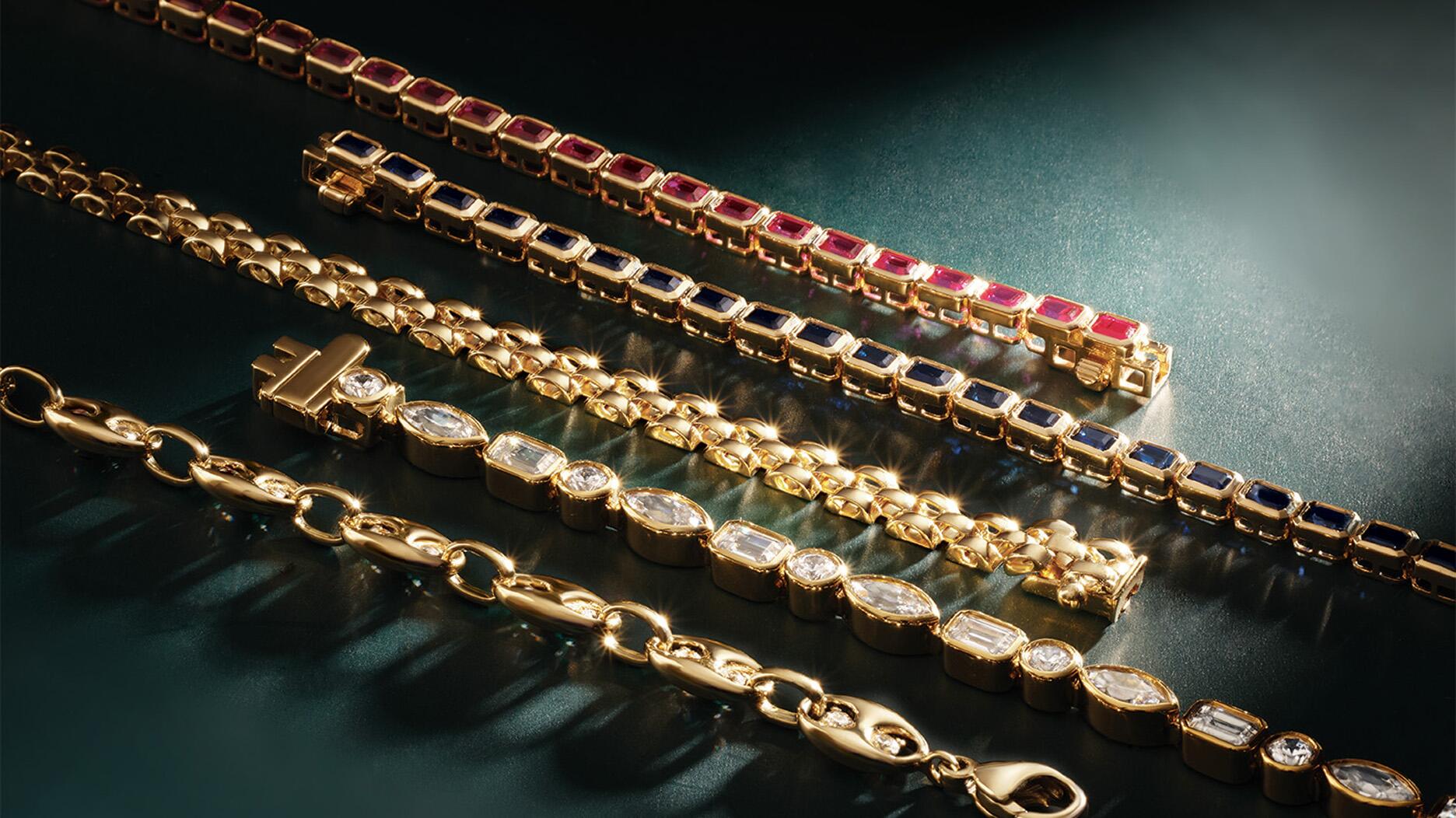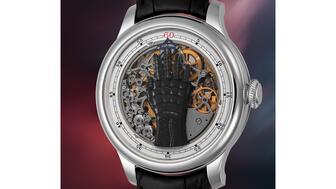The filmmaker’s personal F.P. Journe “FFC” prototype was the star of Phillips’ recent record-setting watch auction in New York.
US Gold Jewelry Demand ‘Relatively Resilient’ in Q4
Pent-up demand and money diverted from travel and dining out helped boost demand for gold jewelry at the end of 2020.

According to the World Gold Council’s recently released Gold Demand Trends report for the fourth quarter and full-year 2020, demand for gold jewelry in volume terms was down just 1 percent year-over-year in Q4.
In value terms, demand hit a quarterly record of $2.9 billion due to high gold prices.
The gold price topped $2,000 an ounce in August and finished the year with a cumulative average of $1,769.64. Early into 2021, the gold price remains high, hovering around $1,800 per ounce as of press time.
WGC described Q4 U.S. demand as “relatively robust,” noting that the fourth quarter benefited from pent-up demand from previous quarters.
In addition, money that’s usually spent on travel and dining out, which are severely limited by the ongoing pandemic, was diverted to gold jewelry, which remains on-trend for fashion pieces as well as in bridal.
RELATED CONTENT: Watch Our Webinar on Fine Jewelry Trends in 2021
For the full year, the council said its data shows gold jewelry demand in the U.S. was down 10 percent, driven by the impact COVID-19 had on consumer income and sentiment.
(WGC noted that U.S. demand figures could be subject to “greater-than-normal revisions” going forward, due to varying levels of uncertainty in the data due to COVID-19 disruptions.)
Data from The Edge Retail Academy shows that the number of units of gold jewelry sold dropped 7 percent year-over-year in 2020, though gross sales were up 2 percent and the average amount of each sale rose 10 percent.
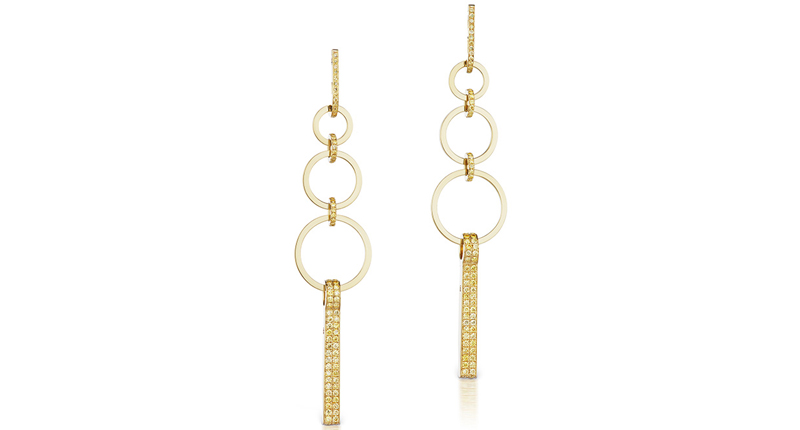
Globally, gold jewelry demand was down 13 percent in the fourth quarter and 34 percent on the year.
All markets posted steeper declines than the U.S.
Precipitous drops in demand in India and China, the two largest consumers of gold in the world, were the main drivers behind the decline.
The World Gold Council said demand in India fell 42 percent year-over-year in 2020, and was down
In Europe, gold jewelry demand fell 21 percent and it was down about 30 percent in the Middle East and Turkey.
Overall global gold demand, including use of the metal for technology and as an investment vehicle, dropped 28 percent in the fourth quarter, the weakest quarter since 2008, when the world was the midst of the global financial crisis.
For the full year, demand was down 14 percent to 3,759.6 tons, marking an 11-year low.
Total annual gold supply fell 4 percent year-over-year to 4,633 tons, the biggest drop since 2013.
The World Gold Council said the coronavirus-related disruption to mine production—which was seen in the diamond industry as well—is largely to blame, though it was offset somewhat by a marginal increase in recycling to 1,297.4 tons.
The Latest

The new location in the Design District pays homage to Miami’s Art Deco heritage and its connection to the ocean.

Inflations, tariffs, and politics—including the government shutdown—were among consumers’ top concerns last month.

How Jewelers of America’s 20 Under 40 are leading to ensure a brighter future for the jewelry industry.
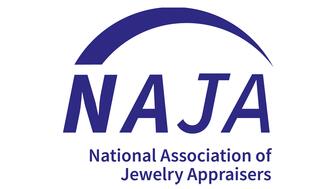
“Longtime favorite” presenters, as well as first-time speakers, will lead talks and workshops at the annual event in Tucson next year.

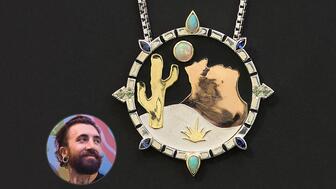
Silas Smith of Meridian Metalworks won the challenge with his pendant that blends Australian and American landscapes.
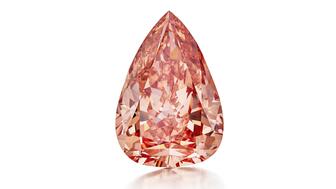
The sale of the 31.68-carat, sunset-hued stone was part of Sotheby’s first series of events and auctions in Abu Dhabi.

Roseco’s 704-page catalog showcases new lab-grown diamonds, findings, tools & more—available in print or interactive digital editions.

Most customers who walk into your store this month have made up their minds. Your job is to validate their choice, Emmanuel Raheb writes.

The collection features characters and motifs from Ukrainian folklore, including an enchanted mirror and a magic egg.

MatrixGold 3.11, the newest version of the jewelry design program, offers more flexibility, precision, and creative control.

The pavilion will be part of the 2026 JA New York Spring show, scheduled for March 15 to 17.

Billed as the world’s smallest wearable, Lumia Health’s new smart earrings have a health tracker subtly embedded in the back.
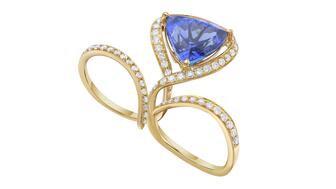
Don’t let those with December birthdays feel blue. Help them celebrate their month with blue zircon, turquoise, and tanzanite.
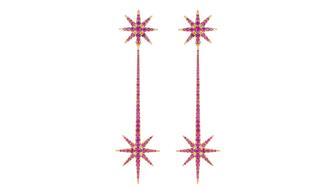
The new pink sapphire version of the piece dances with its wearer in the brand’s “Icons After Dark” holiday campaign.

A choice that’s generated a lot of commentary, Pantone says “Cloud Dancer” marks a fresh start and encourages relaxation and creativity.
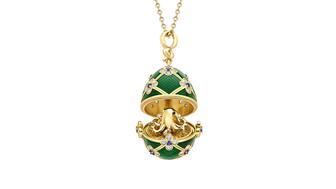
The man was charged with theft, accused of ingesting the necklace while in a jewelry store in Auckland, New Zealand.

The Florida independent expanded its store from 8,000 to 14,000 square feet, fulfilling the vision of its late co-founder, Jim Dunn.
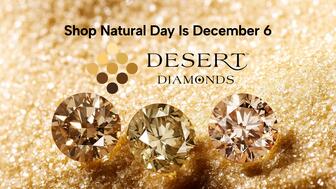
Sponsored by De Beers Group

The classic 5600 series G-Shock has been scaled down to about a tenth of its size, becoming a fully functioning watch ring.

The association’s annual conference and gala will take place Feb. 4, 2026, during the Tucson gem shows.
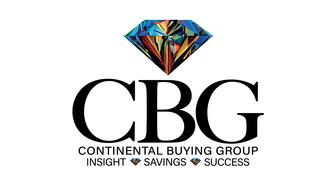
The January show will include a workshop for jewelry retailers on implementing AI to strengthen their businesses.
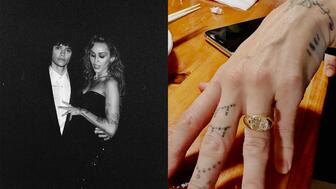
Fellow musician Maxx Morando proposed to the star with a chunky, cushion-cut diamond ring designed by Jacquie Aiche.

The retailer, which sells billions in fine jewelry and watches, is suing the Trump administration and U.S. Customs and Border Patrol.
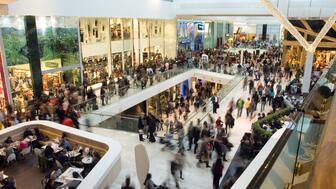
Black Friday is still the most popular shopping day over the five-day holiday weekend, as per the National Retail Federation’s survey.
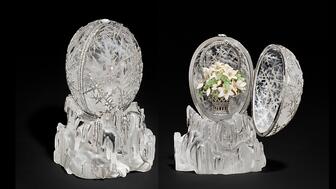
The historic egg, crafted for Russia's ruling family prior to the revolution, was the star of Christie’s recent auction of works by Fabergé.
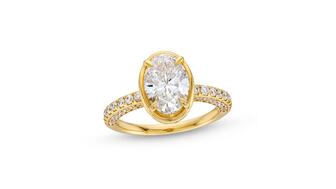
The retailer offered more fashion jewelry priced under $1,000, including lab-grown diamond and men’s jewelry.














